How airlines, passengers and Boeing are dealing with the 737 Max crisis

- Oops!Something went wrong.Please try again later.
As a sign of how quickly things can change in the airline business, consider this: Last December, the International Air Transport Association (IATA), the global trade group representing airlines, bragged to reporters that the aviation industry was on the rebound. Profits for 2024 could top $25 billion, according to an IATA revenue forecast. It was a “remarkable turnaround”! the presentation boasted and yes, that exclamation point was included.
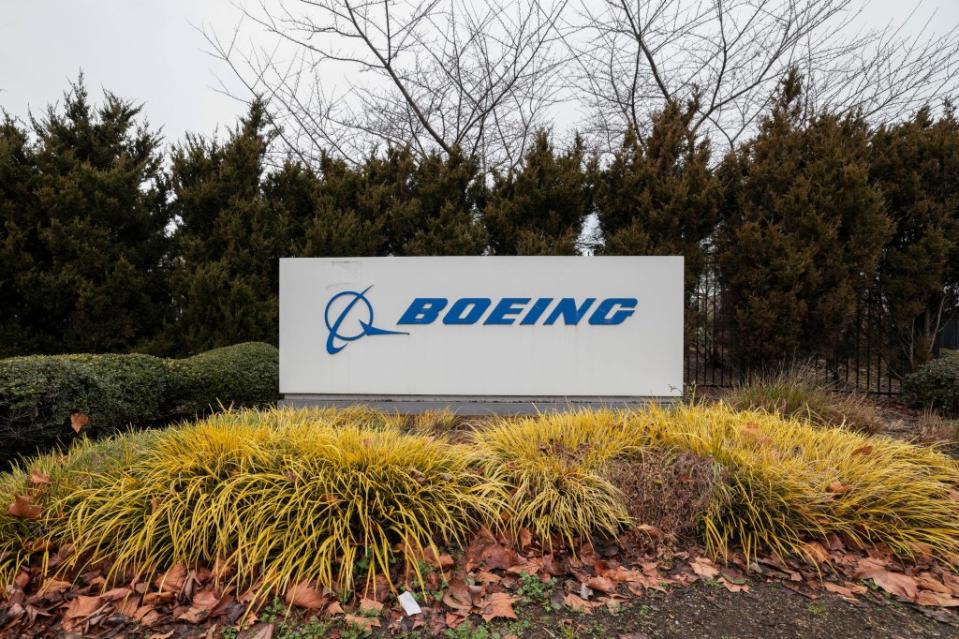
Less than a month later, the door plug on an Alaska Airlines Boeing 737 Max 9 blew out midflight, terrifying passengers and forcing an emergency landing with an unsettling view of the runway from the cabin. This snafu — just a few years after deadly 737-Max crashes in Indonesia and Ethiopia — confirms the plane as a recidivist doom machine that’s causing turbulence for nearly every entity associated with it.
Almost immediately after the door plug debacle, the Federal Aviation Administration (FAA) grounded 171 Max 9 planes and ordered inspections before they could be flown again. This caused thousands of flights to be canceled and created chaos for passengers. The impact was felt beyond just the Max, though because an earlier version of Boeing’s 737 — 8 NG — also features this kind of door plug and required inspections.
The result: Airlines flying versions of the 737 Max are having to make changes to their fleets, schedules, workers and routes. And all of this could impact passengers, according to aviation analyst Richard Aboulafia. “How could it not?” he asked. Max aircraft make up just one-half of 1% of the global fleet according to IATA spokesman Markus Ruediger. Still, carriers serving US markets — United, Southwest, Alaska, American, Icelandair, Copa, Aeromexico, Westjet and Delta — are, or plan to be, heavily invested in Max aircraft. So the latest problems will be felt disproportionately in the Americas.
If airlines could switch to a different planemaker, the way travelers shop for the best fare so much trouble could be averted. But buying a jetliner is not so simple. There are only two manufacturers of large passenger jets, Boeing and Airbus. So when an airline makes a purchase it is not just investing head-spinning amounts of money but its time as well.

Aeromexico had to wait six years to take delivery of the first of the more than 60 Max airplanes it ordered in 2012. United began ordering Max 8s and 9s in 2015 and it was three years before they started to arrive. The 100 Max 10s United agreed to buy in 2017 were supposed to start flying in 2020. But by 2024 the variant had still not been certified by the FAA, partly due to additional requirements triggered by the Aircraft Certification, Safety and Accountability Act Congress passed in 2020. And that was the result of those two fatal Max crashes.
Those delays frustrated United’s chief executive Scott Kirby. He told CNBC, learning that he’d have to wait even longer for the 10, Boeing’s most capacious Max with 230 seats, was “the straw that broke the camel’s back for us.” He added, “It probably means we won’t grow as fast as we otherwise would have.”
For all its problems, the Indonesia and Ethiopian crashes, the Alaska Airlines near disaster in January and a host of production and design flaws in between, the Max still has some advantages over older model airplanes, which is why airlines keep ordering them.
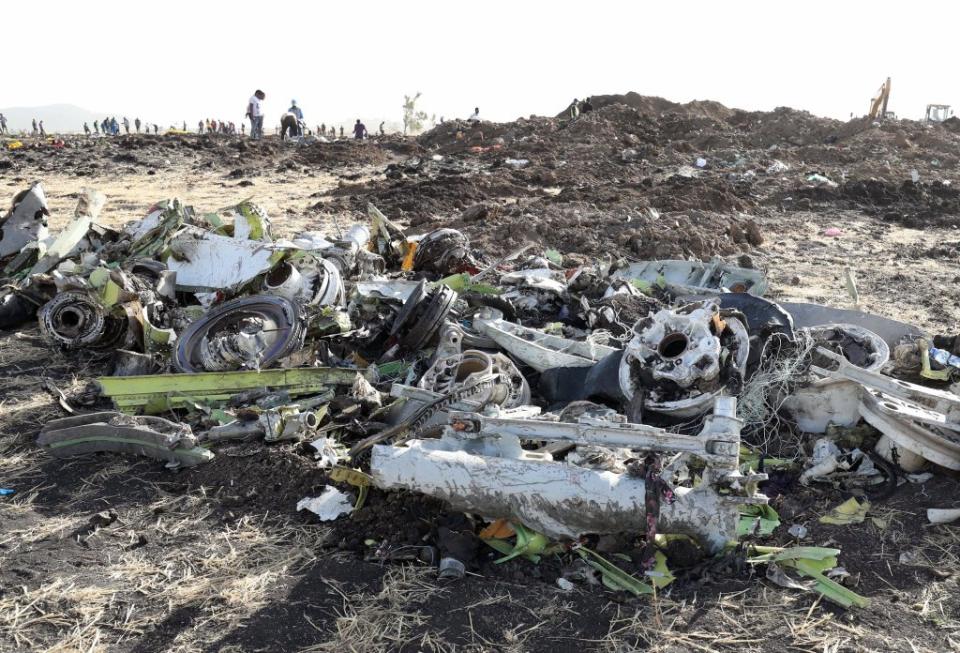
The Max flies farther and is more fuel-efficient. When United’s former CEO Kevin McAllister bought the Max 10 he praised it for “the best economics of any airplane in the single-aisle segment.” But to take advantage of that the airlines have to actually receive them.
The Max flies farther and is more fuel-efficient. When united bought the Max 10 former Boeing CEO Kevin McAllister praised it for “the best economics of any airplane in the single-aisle segment.” But to take advantage of that the airlines have to actually receive them.
Indeed, without the Max 10’s additional seats, Aboulafia predicts air travelers may feel squeezed; literally and financially. “Tighter capacity on some routes means higher fares, that’s simple math,” he said.
Much of the Max’s challenges center around the FAA certification process — which requires every model of every aircraft type be approved before it is sold. It’s a costly and complicated process that doesn’t always catch hazards.
When airlines flying the Max 8s and 9s discovered a problem with the system that prevents ice from building up in the engines, Boeing designed a procedure pilots could use to minimize the risk of engine damage. They are to turn off the anti ice system when it is no longer needed. Airlines flying those airplanes are doing just that, despite pushback from pilots who think the temporary solution is not safe.
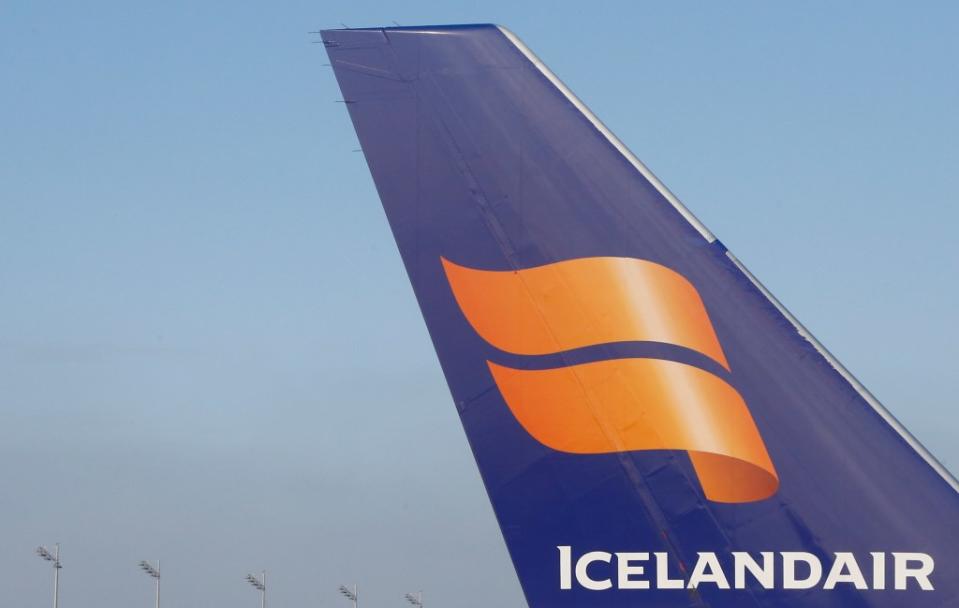
“This is what happens when you try to exempt your way to selling an Apollo-era airplane in a SpaceX world,” said Dennis Tajer, a 737 Max pilot and a spokesperson for the Allied Pilots Association, which opposed the waiver. “You get inconsistent procedures and an airplane riddled with . . . points of failure.” Because the consequences are too grave to simply leave turning the anti-ice system off to a pilot’s memory, Tajer said he’s taken to putting Post-It-Notes on the instrument panel as a reminder.
Since neither the Max 10 nor the 7 are certified, Boeing wanted the FAA to allow those planes to fly with the same workaround, until it came up with a solution.
Under the spotlight for the Alaska 1282 accident, Boeing withdrew the exception request but this pushes the delivery of those models even farther into the future because Boeing must first come up with a fix, test it, and incorporate it onto the planes, a lengthy process.
If the problems had stopped there, it would have been bad enough. But there was more to come. The NTSB investigation into what happened on Alaska flight 1282 revealed some startling preliminary findings. An examination of the door plug and Boeing factory records showed that when the plane was delivered to the airline, the four bolts that hold the plug in place were not installed.
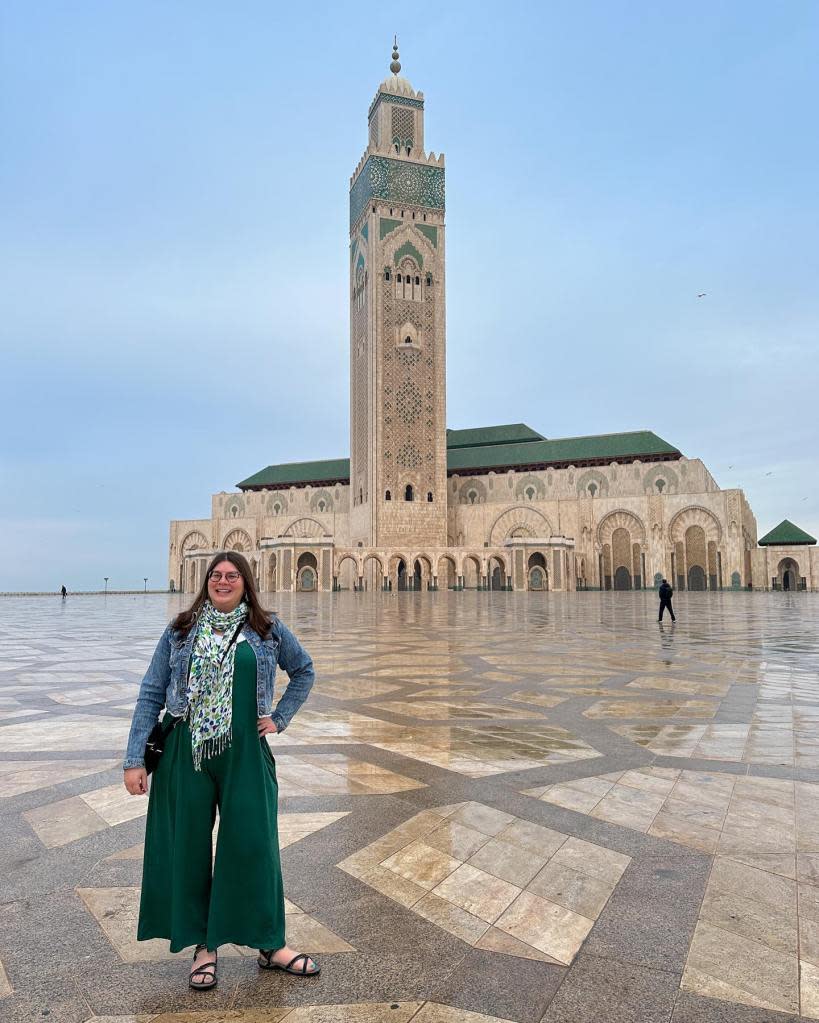
This appeared to have originated at the Boeing factory, and it reinforced the concerns of then factory manager and whistleblower Ed Pierson who said “that the factory was in horrible shape” before the fatal crashes. The planemaker was emphasizing speed over care.
“Manufacturing employees who are building these planes are our most critical resource. And when you abuse that resource, they make mistakes, and you don’t catch it, because you’re in such a rush to get those planes out the door.”
The emergency inspections following Alaska 1282 addressed the possibility that the same hazard was lurking on other planes, undetected, but could there be different, unknown assembly issues? The FAA sent inspectors by the dozen to the Boeing assembly plant in Washington and more to the factory of its subcontractor, Spirit Aerosystems in Wichita earlier this year. Then it ordered a slowdown on the Max production line. This means delivery delays will get longer for the Max 8s and 9s, too.
“I think we’re going to need more boots on the ground,” said FAA chief Mike Whitaker to a hastily called Congressional hearing in early February.
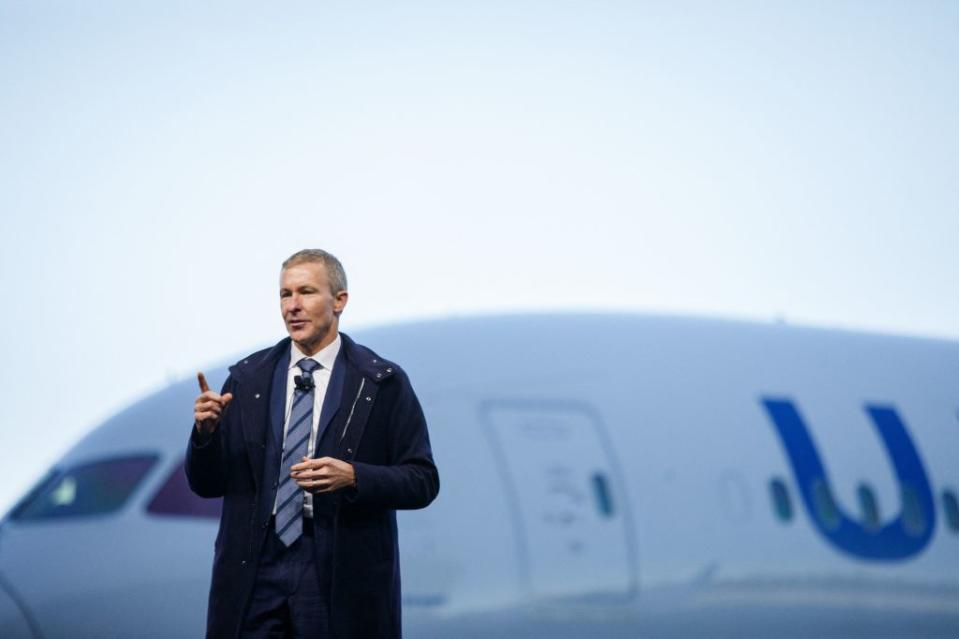
What are air travelers to make of this? Even the experts aren’t sure. Unlike the Airbus/Boeing duopoly that limits airlines’ options, travelers uncomfortable flying on the Max can vote with their feet by choosing JetBlue, which doesn’t fly any Boeing airplanes over United, Southwest, WestJet and Alaska all of which do. Travelers to Latin and South America can avoid the Maxs of American Airlines, Panama’s Copa and Aeromexico by flying Delta.
The Atlanta-based carrier came late to the Max because in 2013, former Delta Air Lines chief executive Richard Anderson presciently told Reuters that he would hold off buying the Max to evaluate its performance elsewhere and let other airlines work out the kinks.
The online travel agency Kayak allows visitors to opt out of Max flights, useful for people like engineering consultant Richard Roszko of Florida who put the Max on his do-not-fly list. “The chances of anything going wrong on any plane anywhere is minuscule” Roszko said, “but if there are known issues, just avoid it.”
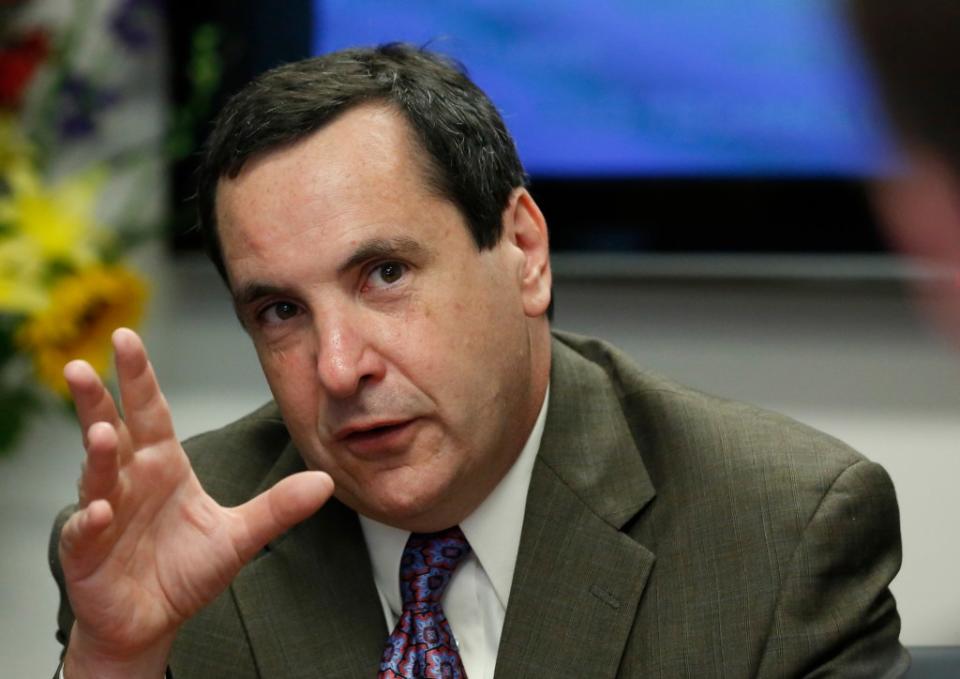
In late January, as the Max 9s were slowly returning to service after inspections, Amanda Williams, a travel writer and the owner of the travel blog, Dangerous Business rebooked her United flights from Cancun to Cleveland to avoid flying on it. “Not necessarily for safety fears,” she said “but because of the uncertainty surrounding whether they might all be grounded again at any time.”
Both Roszko and Williams are frequent flyers but experience shows that most travelers don’t remain apprehensive for long about specific models of aircraft, said John McDonald, a retired American Airlines executive now a consultant.
“People also understand that coming out of something that requires this much scrutiny, that it’s never been a safer time to be on an airplane.”
But is it? The ongoing Max drama has created a long list of unanswerable questions and there are many differing opinions. Airlines work in a system with many moving parts. But uncertainty is a constant. If you are planning to fly in the near future, welcome to that world.
Christine Negroni is an aviation journalist and air-safety specialist. She is the author of “The Crash Detectives” and the forthcoming “Unmasking Boeing.”

